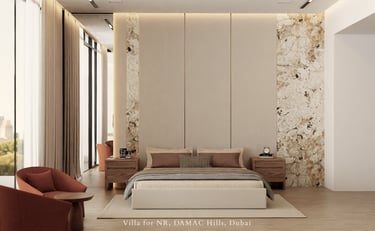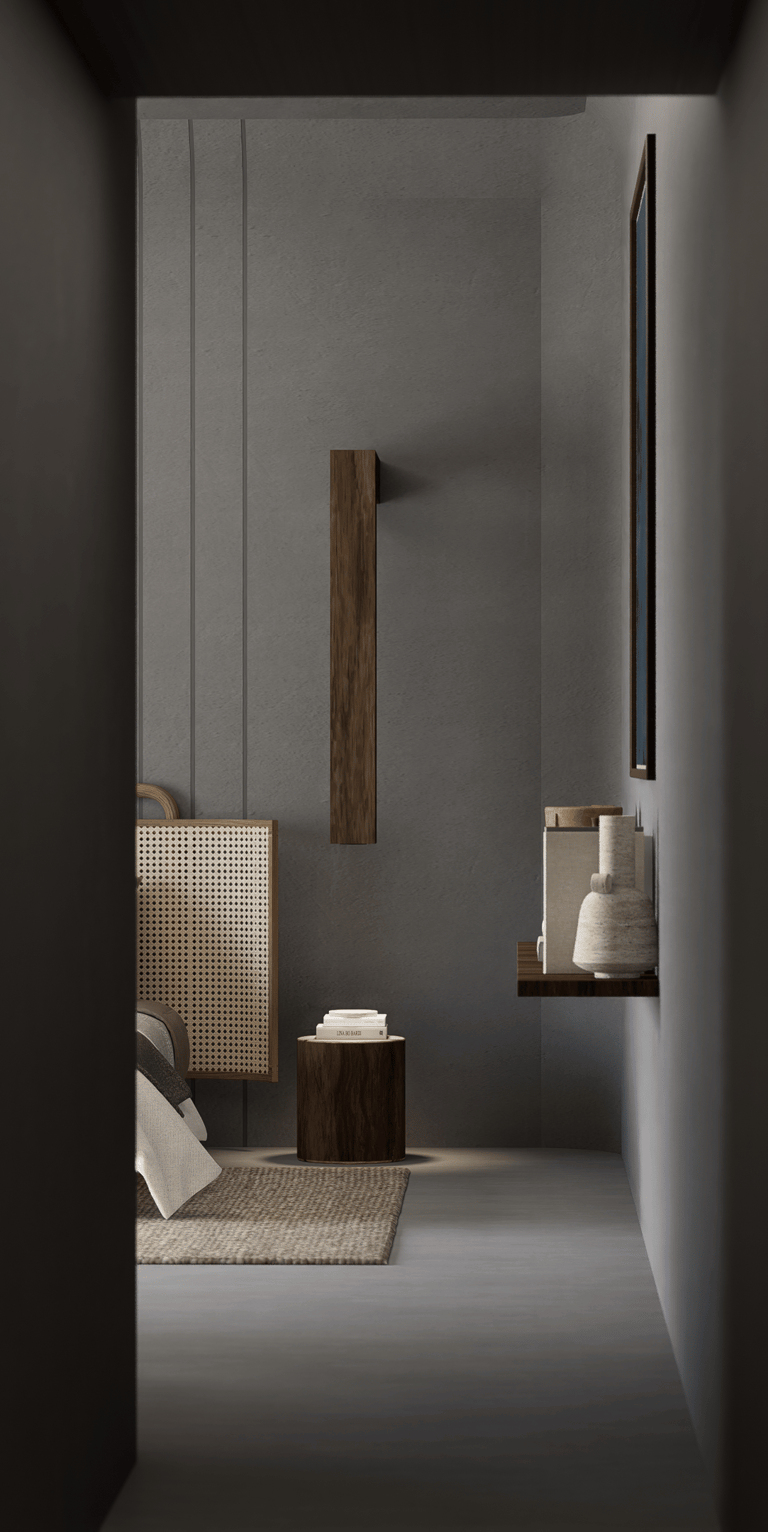Material Intelligence: The Science of Luxury Finishes in Dubai
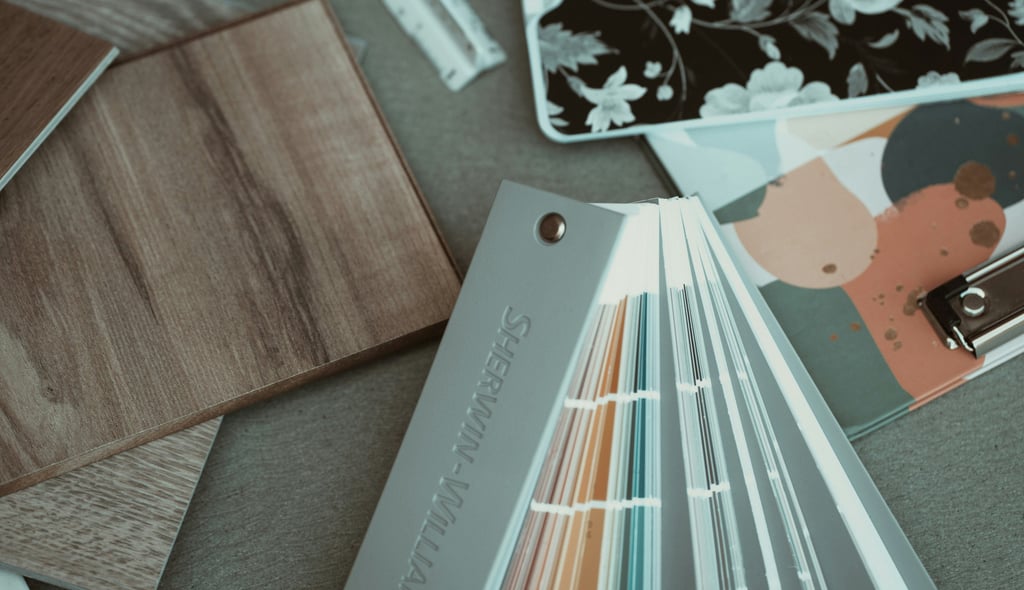

Introduction
Material intelligence is the art and science of selecting finishes that not only captivate the eye but also withstand the relentless forces of nature. This guide explores the essential principles of material selection, focusing on how to harmonize beauty with performance in the coastal desert environment.
The Role of Stone: Nature’s Enduring Elegance
Stone is more than a building material; it is a testament to geology’s artistry. In Dubai, the selection of stone must consider density, porosity, and mineral composition to ensure longevity and performance.
Limestone: Ideal for outdoor spaces, it should be chosen for its low absorption and high compressive strength, making it perfect for patios and walkways.
Marble: While it exudes luxury, it requires careful sealing and realistic expectations regarding etching, making it suitable for low-touch areas.
Granite and Quartzite: These materials excel in high-traffic areas like kitchens or flooring zones, where durability and thermal comfort are paramount.
Engineered Sintered Slabs: Offering dimensional stability, these are perfect for large surfaces where joints can be problematic.
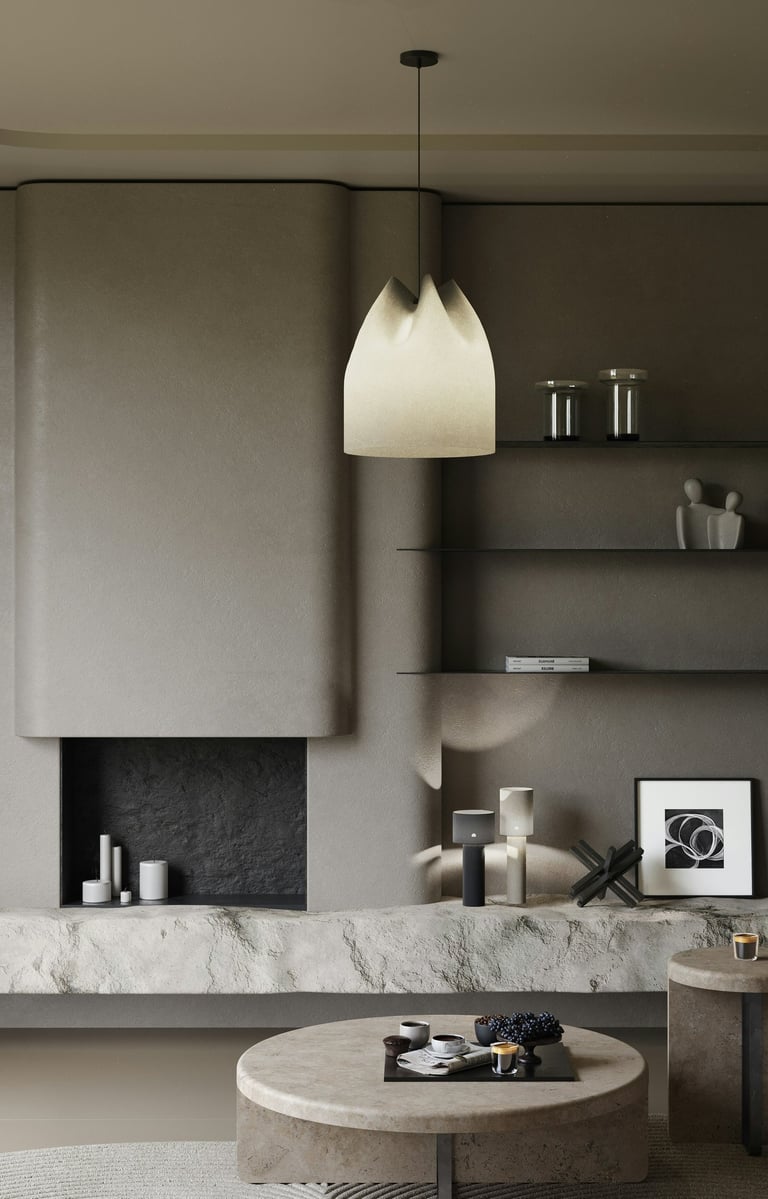

In flooring applications, natural stone and porcelain excel in regulating indoor temperature while providing unmatched longevity. Proper subfloor systems—such as acoustic membranes, moisture barriers, and flexible adhesives—are crucial to maintaining stability and preventing microcracking.
Finishes matter: honed and leathered surfaces mute glare and disguise wear, while polished finishes, though glamorous, reveal every imperfection. Beyond aesthetics, sustainability credentials—such as Environmental Product Declarations (EPDs)—should guide stone selection, ensuring low embodied carbon and transparent sourcing. Salvaged stone, where feasible, extends heritage value while reducing extraction impacts.
Metals: Coastal Literacy for Lasting Beauty
In a coastal environment, the choice of metals is critical. 316 stainless steel, marine-grade aluminum, and well-finished bronzes are essential for resisting the corrosive effects of salt and humidity.
Platings: While they may look appealing in showrooms, they often fail outdoors. Opt for solid metals or robust PVD finishes that can endure the elements.
Patina: Embracing the natural aging of metals can add character, as seen in living bronze handrails that tell a story of touch and time.
Hardware specifications: Screws, anchors, and tracks should match the quality of the primary finishes to ensure longevity.
Beyond the visible surfaces, protective coatings define the true lifespan of metals. Powder coatings, anodizing, and nanocoatings provide corrosion resistance and UV protection, while hydrophobic sealers reduce maintenance in salt-heavy air. These invisible layers act as an essential armor for metals in Dubai’s coastal climate.
To future-proof selections, reversible fixings and modular detailing enable reuse or recycling, aligning luxury with circularity. Where possible, prefer suppliers offering take-back programs for aluminum or steel components, ensuring end-of-life materials re-enter the value chain.
Wood brings warmth and character to luxury interiors, but it must be chosen wisely to withstand Dubai’s intense UV exposure and humidity.
Engineered substrates: These mitigate movement and are ideal for high-UV spaces.
Solid species: Stable woods with proven durability, finished for UV and moisture resistance.
Joinery: Anticipate expansion and minimize direct water exposure through thoughtful detailing.
Engineered timber and SPC flooring combine tactile warmth with resilience, offering comfort underfoot without compromising performance. Subfloor compatibility, acoustic membranes, and humidity-resistant adhesives are key to ensuring long-term stability and quiet luxury.
Indoors, the use of veneers should be balanced and sequenced, while oils and waxes can create maintainable finishes that enhance the wood's natural beauty. Responsibly sourced timbers (FSC-certified) and rapidly renewable species (such as bamboo or cork) combine luxury with ecological intelligence. Designers should record service life, refinishing cycles, and cleaning compatibility as part of the specification, ensuring both beauty and maintainability.
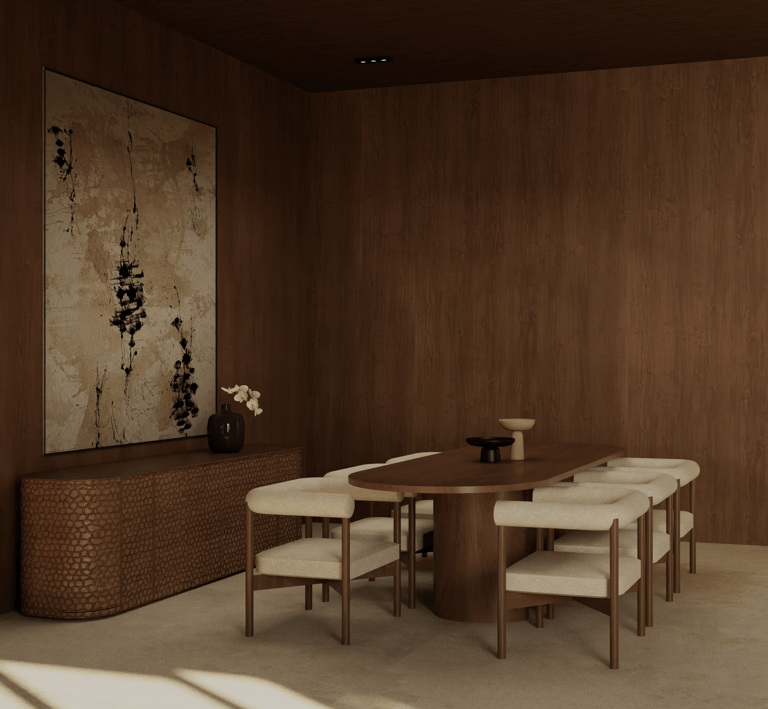

Wood: A Living Collaborator
Soft materials in Dubai must perform under high UV, dust, and fluctuating humidity. A luxurious textile is not defined by delicacy but by its ability to retain beauty through use.
Performance Fibres: Use solution-dyed acrylics, Trevira CS, or recycled polyester with UV and mildew resistance.
Texture and Breathability: Opt for tightly woven natural blends or technical fabrics that manage moisture and resist fading.
Curtains and Drapery: Lined and interlined curtains reduce heat transfer and prolong fabric life, while motorized tracks prevent handling damage.
Upholstery: Foam density, backing, and textile elasticity should align with comfort and resilience — particularly in semi-open lounge spaces.
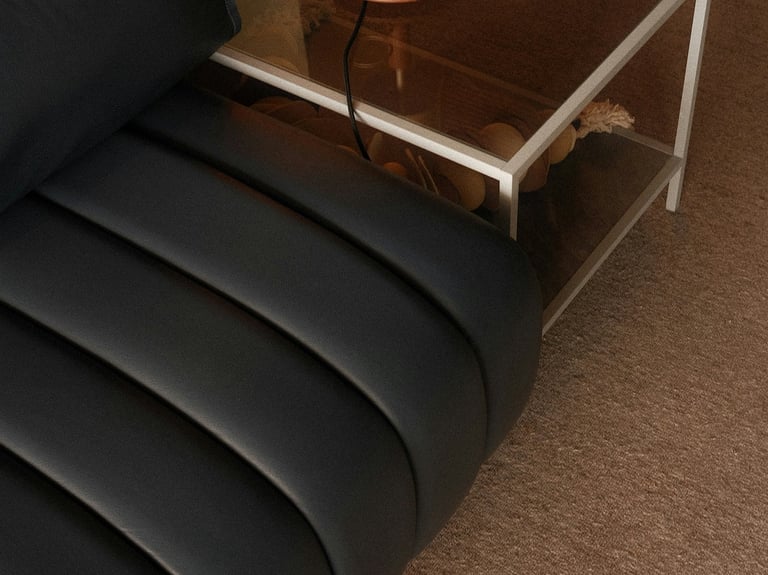

Fabric and Upholstery: Performance Meets Tactility
Walls in Dubai endure both air-conditioned dryness and coastal humidity. Finishes should regulate rather than trap moisture.
Mineral-Based Plasters: Lime, clay, and tadelakt create breathable, low-maintenance finishes that resist cracking.
High-Performance Paints:Choose silicone-modified acrylic or UV-reflective paints that are durable, washable, and maintain their color and finish, even in strong sunlight.
Decorative Finishes: Microcement and Venetian plasters provide texture and visual depth while offering practical durability against humidity and wear.
Next-generation coatings such as hydrophobic sealers, self-cleaning nanofilms, and UV-reflective finishes, extend material life and surface brilliance. By creating breathable yet resilient barriers, these technologies ensure walls age gracefully in Dubai’s shifting climate while preserving the tactile and visual richness of luxury interiors.
Paints, Plasters & Wall Finishes
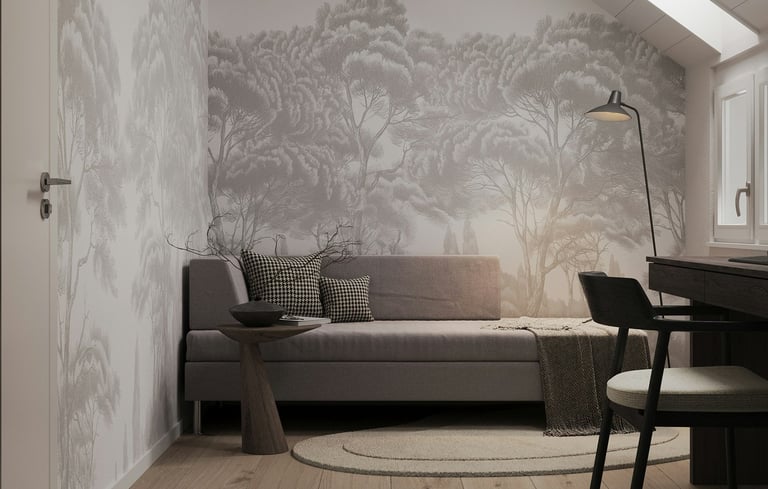


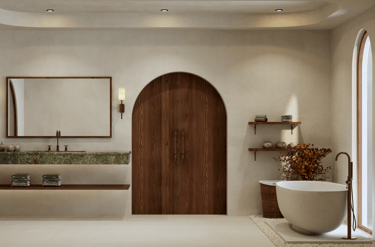
Glass, Mirror & Reflective Materials
Glazing defines the interface between Dubai’s intense light and its cooled interiors. Performance coatings and edge detailing transform glass from a mere partition into a climatic device.
Low-E and Solar-Control Glass: Minimizes heat gain without compromising clarity.
Smart Glazing: Electrochromic and switchable glass allows adaptability across day and night cycles.
Decorative Treatments: Fluted, frosted, or fritted glass softens glare and diffuses light beautifully.
Mirrors, when used thoughtfully, expand volume and light but should avoid direct solar exposure to prevent heat stress and delamination.
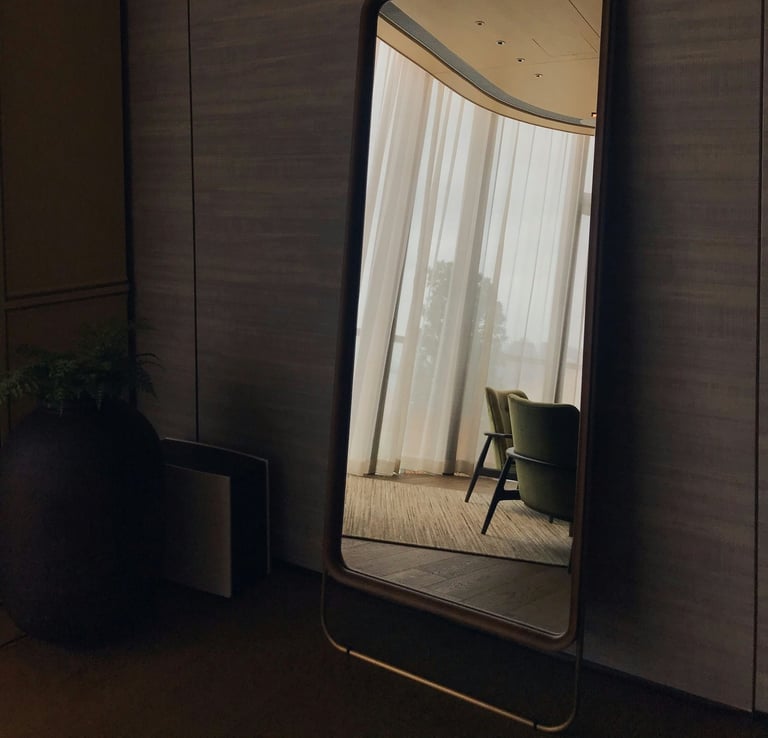

Smart Materials: The Emerging Layer of Luxury
Dubai’s next wave of luxury integrates adaptive, high-performance materials that respond to their environment rather than resist it.
Thermochromic and Electrochromic Surfaces: Modulate heat and light for passive energy efficiency.
Phase-Change Composites: Embedded in wall panels or floors to stabilize indoor temperature.
Sustainable Innovations: Plant-based resins, bio-leathers, and recycled metal composites reduce embodied carbon without compromising finish quality.
Material intelligence transforms finishes from fragile indulgences into timeless investments, ensuring that what you build today not only looks exquisite but lives gracefully in the years to come.
Dubai’s luxury interiors demand more than refined finishes—they require evidence-based strategies that align health, sustainability, and resilience.
Lifecycle thinking: Assess materials from extraction to disposal, favoring long-life, repairable finishes over short-term glamour.
Health first: Select low-VOC finishes, formaldehyde-free substrates, and adhesives that protect indoor air quality.
Circular design: Prioritize modular, demountable systems and reversible fixings to reduce waste from future churn.
Transparency: Require EPDs and HPDs for top-impact materials to make data-driven decisions.
Comfort performance: Consider acoustic absorption (fabric panels, cork, wool) and thermal touch when choosing surface materials.
Cultural identity: Where possible, integrate locally crafted stone, textiles, or metalwork—sustaining vernacular skills and grounding projects in place.
Material intelligence in Dubai is therefore not just about resisting the sun, salt, and humidity—it is about building interiors that age gracefully, support human health, and remain adaptive to the future, all while preserving the poetry of luxury design.

